Aerospace, Pressure Measurement
Application Note: The Effect of Altitude and Weather on Vacuum Measurement
Vacuum can be defined as a negative gauge pressure. That is, vacuum is the difference between the atmospheric pressure and some pressure lower than atmospheric, but measured with respect to the atmosphere. Atmospheric pressure, however, varies with altitude – lower pressures at higher elevations and higher pressures near or below sea level. The atmospheric pressure also varies slightly with the weather and this should also be taken into account. This application note will describe how to estimate the maximum possible vacuum as a function of altitude and weather and how to specify the best vacuum calibration. The P897V is Validyne’s first transducer that can be used for vacuum measurement.
The earth’s atmosphere is a blanket of gas comprised mostly of nitrogen and oxygen that is held by gravity. Because gas is compressible, the atmosphere is densest at sea level and decreases in density and pressure as altitude increases. The table below gives the atmospheric pressure for various altitudes.
From the above chart you can read the atmospheric pressure for typical elevations where vacuum might be measured.
The weather will also affect the atmospheric pressure, but only slightly. Extremes in weather amount to about +/-0.7 psi of pressure difference in the atmosphere throughout the year.
How to specify the best vacuum calibration? A few examples shows how this works:
Example 1: What is the best calibration for measuring a full vacuum in Houston, Texas?
Houston is at sea level so on an average day the atmosphere will be 14.7 psi. If we add another 0.7 psi for weather variations, a full vacuum – meaning the removal of all local atmospheric pressure – will be a maximum of 15.4 psi.
Calibration Specification: 0 Vdc = 0 vacuum and +5 Vdc = 15.5 psi vacuum. This will cover all possibilities for the local atmospheric pressure.
Example 2: What is the best calibration for measuring full vacuum in Mexico City?
Mexico City is at an elevation of about 7500 ft, so the average atmospheric pressure there is only 11.1 psi. Add in another 0.7 psi for the weather and the maximum available vacuum will be 11.8 psi.
Calibration Specification: 0 Vdc for 0 vacuum and +5 Vdc for 11.8 psi vacuum
Example 3: What about La Paz, Bolivia?
La Paz is at 10,500 ft elevation and so the atmosphere there is just about 10 psi. Adding another 0.7 psi for weather gives a maximum possible vacuum of 10.7 psi.
Calibration Specification: 0 Vdc for 0 vacuum and +5 Vdc for 10.7 psi at full vacuum.
Note that there are areas below sea level and these locations would experience somewhat higher pressures than at sea level: 15 to 15.2 psi. Adding in the weather and a calibration of 15.9 or 16 psi at full vacuum should be sufficient.

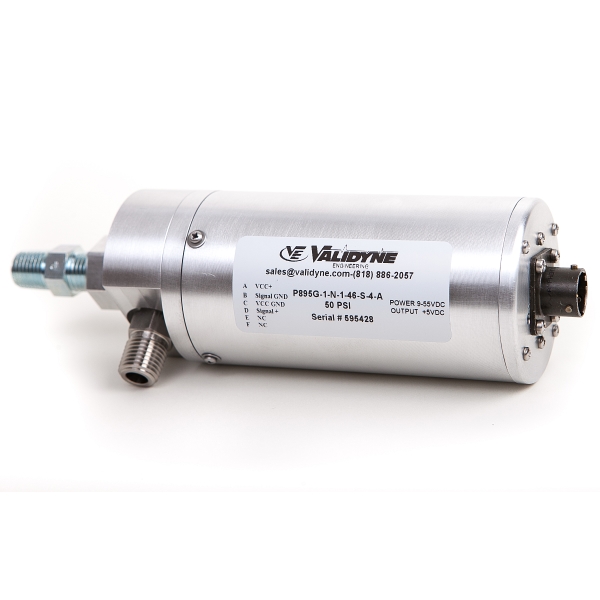
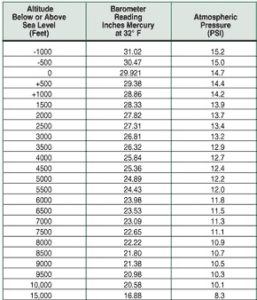
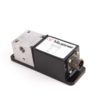
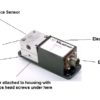
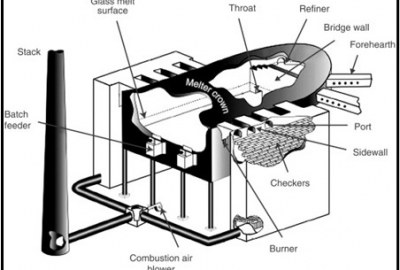
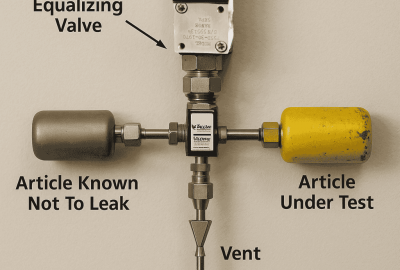
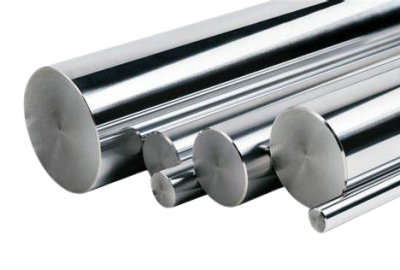
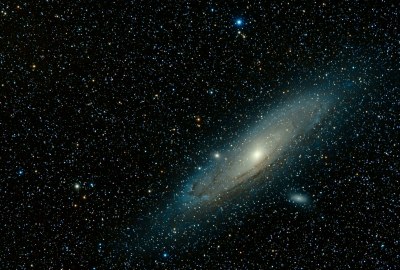

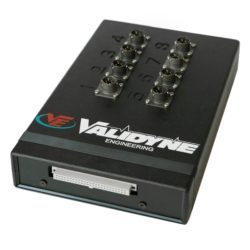
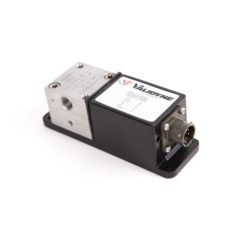
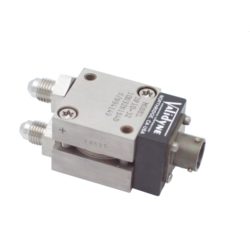
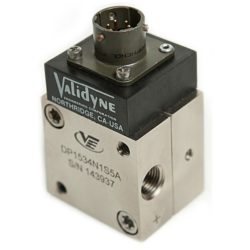
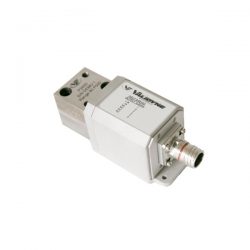
Leave a reply
You must be logged in to post a comment.